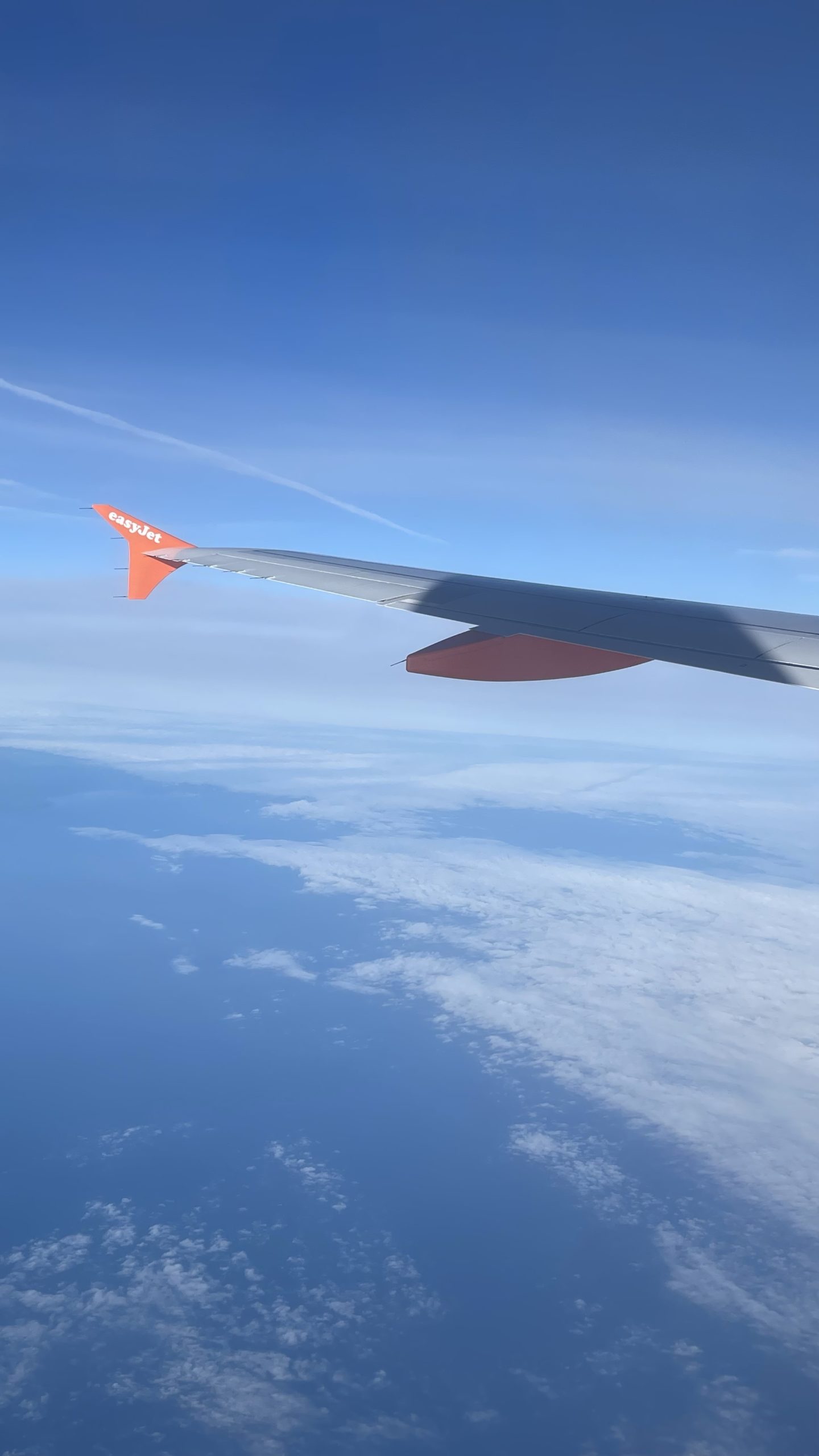
News
What are aircraft flaps?
Aircraft flaps are movable panels located on the wings of an aircraft. They serve several important purposes:
- Lift Augmentation: Flaps can be extended downward from the wing to increase the wing’s surface area. This added surface generates more lift at lower speeds, allowing the aircraft to maintain lift during takeoff and landing, even at slower speeds.
- Stall Prevention: Flaps are useful in preventing stalls, which occur when the aircraft’s wing loses lift due to low airspeed. By increasing lift at slower speeds, flaps provide a safety margin, allowing the aircraft to maintain control at lower speeds without stalling.
- Improved Control: Flaps can be used to adjust the aircraft’s pitch attitude and descent rate during landing. Pilots can use flaps to fine-tune their approach and descent angle for a smoother landing.
- Reduced Landing Distance: By increasing drag, flaps help reduce an aircraft’s landing distance. This is particularly important when landing on shorter runways.
- Takeoff Performance: Flaps can also enhance takeoff performance by reducing the ground roll required for the aircraft to become airborne.
In summary, aircraft flaps are crucial for optimizing an aircraft’s performance during takeoff and landing, improving safety, and allowing for more controlled and efficient flight at lower speeds.

